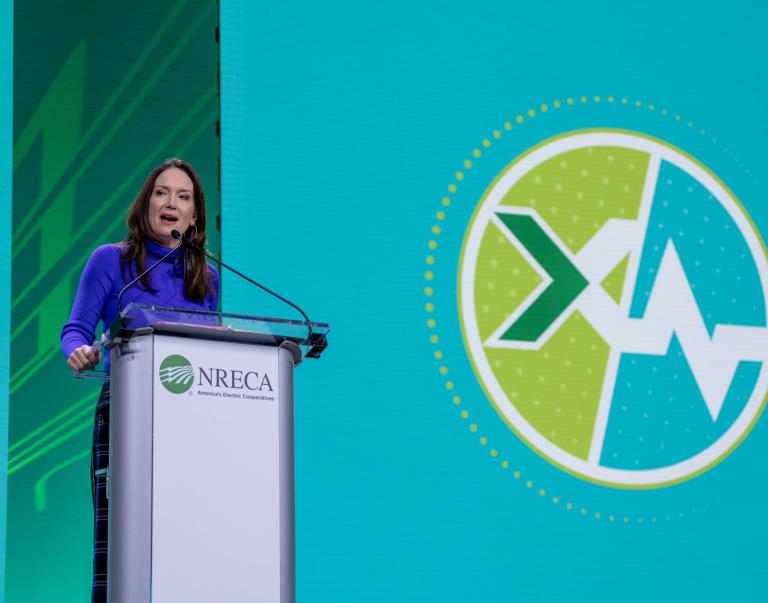WASHINGTON, Jan. 6, 2016 -- Agriculture Secretary Tom Vilsack today announced that in 2015, wildfires burned a record 10,125,149 acres across the United States, surpassing the previous record set in 2006. The Secretary renewed the call for Congress to pass the bi-partisan Wildfire Disaster Funding Act.
In 2015, there were more than 50 fires that exceeded 50,000 acres each; of those, 20 fires exceeded more than 100,000 acres each. In 2015, more than 4,500 homes and other structures were destroyed by wildfires and a total of 13 wildland firefighters, including 7 U.S. Forest Service firefighters, lost their lives in the line of duty.
Since 2000, fire seasons have grown longer, and the frequency, size and severity of wildland fires has increased. The 2015 fires stretched across federal, state and private land with Alaska, California, Oregon and Washington being especially hard hit. While the West saw the brunt of the fires, it is agency resources across the country-from New York to Arkansas to Florida-that feel the brunt of a Forest Service budget subsumed by firefighting costs. The cost of the Forest Service's wildfire suppression reached a record $243 million in a one-week period during the height of suppression activity in August. With a record 52 percent of the Forest Service's budget dedicated to fire suppression activities, compared to just 16 percent in 1995, the Forest Service's firefighting budget was exhausted in 2015, forcing USDA to transfer funds away from forest restoration projects that would help reduce the risk of future fires, in order to cover the high cost of battling blazes.
"These fires have very real human costs, as we lost seven members of the Forest Service firefighting team in the line of duty, and 4,500 homes were lost. We take our job to protect the public seriously, and recently, the job has become increasingly difficult due to the effects of climate change, chronic droughts, and a constrained budget environment in Washington. Congress must fix the fire budget to stop an ever-increasing amount of the operating budget going to fire suppression. Failing to do so will result in more deadly and devastating fires in the future," said Secretary Vilsack.
"While the news that more than 10 million acres burned is terrible, it's not shocking and it is probable that records will continue to be broken. By August, the Forest Service had exhausted its firefighting forces and utilized nearly every piece of equipment devoted to saving lives and protecting property, exhausting the Forest Service's budget for fire suppression and forcing the agency to begin transferring critical resources away from trail restoration, watershed management, hiring, and all other areas of its budget. 2015 would prove to be the most expensive fire season in our Department's history, costing more than $2.6 billion on fire alone."
"That is why last month I directed our staff to end the practice of fire borrowing and slow the consuming growth of fire as a percentage of the Forest Service budget and, instead, ensure that all resources in the 2016 budget are spent in the manner intended, such as the important forest restoration work that helps to minimize wildfires in the first place. Today's disquieting report should serve as a powerful call to once and for all fix how the Forest Service pays for firefighting. With a predictably long fire season on the horizon in 2016, lives, property and the future of our forests and grasslands hang in the balance. Congress must fix this issue once and for all."
The Forest Service transferred funds in 7 of the last 14 years, while in 6 of the last 14 years, the Interior Department had to transfer funds. The costs of wildfire preparedness and suppression now account for 76 percent of the Interior wildfire management program budget and, as in the case of the Forest Service, reduce the amounts of funds available for fuels management and restoration efforts. These activities are essential for reducing risks of catastrophic fires, increasing the resiliency of lands to recover from fire, and to protect communities and infrastructure.
The Administration proposes that Interior and the Forest Service be able to access a discretionary disaster cap adjustment after the amount spent on fire suppression exceeds 70 percent of the 10-year average. This is mirrored in the proposed bi-partisan Wildfire Disaster Funding Act (WDFA) which is budget neutral and also has broad stakeholder support.
This approach allows the agencies to invest additional resources in forest and rangeland restoration and management. In the case of the Forest Service, it would increase acres treated by 1 million acres annually and increase timber outputs by 300 million board feet annually. For Interior, it would increase the number of acres treated annually by 500,000 acres and help protect public lands such as the sage steppe ecosystem.
#
USDA is an equal opportunity provider and employer. To file a complaint of discrimination, write: USDA, Office of the Assistant Secretary for Civil Rights, Office of Adjudication, 1400 Independence Ave., SW, Washington, DC 20250-9410 or call (866) 632-9992 (Toll-free Customer Service), (800) 877-8339 (Local or Federal relay), (866) 377-8642 (Relay voice users).


